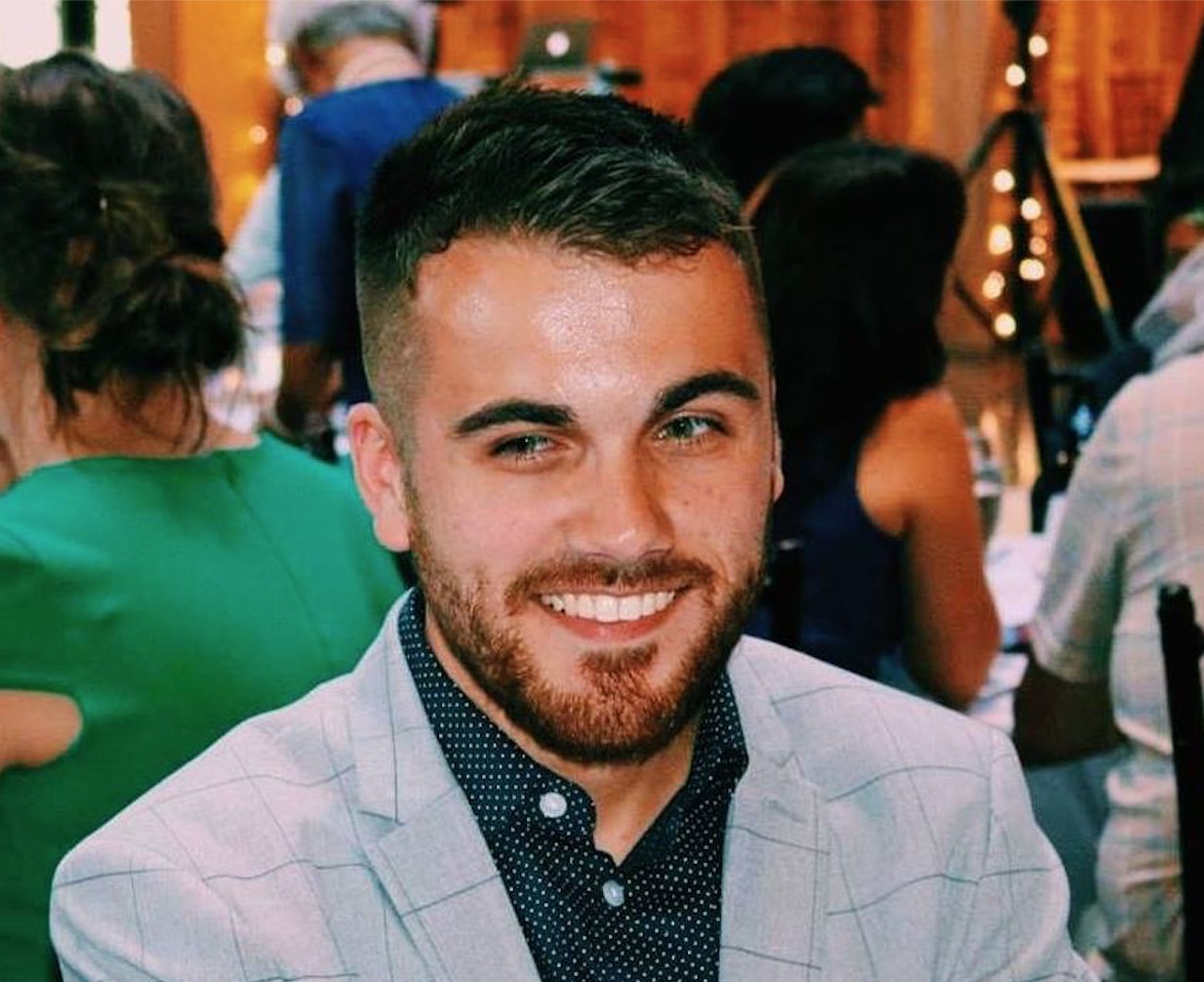While the summer heat and unceasing protests and riots have seemingly melted away our national fixation with the coronavirus, it appears the infection has grown significantly weaker and could disappear without a vaccination.
That is according to Dr. Matteo Bassetti, head of the infectious diseases clinic at the San Martino hospital in Italy, which was an early epicenter for the virus. The patients who would likely have died from a COVID-19 infection two or three months ago, he explained, are now recovering.
“The clinical impression I have is that the virus is changing in severity,” he told The Telegraph, likening the virus, which originated last year in Wuhan, China, to “an aggressive tiger” that is now “like a wild cat.”
“Even elderly patients, aged 80 or 90, are now sitting up in bed and they are breathing without help,” Bassetti added. “The same patients would have died in two or three days before.”
He said the makeup of the novel virus was “completely different” in March and April than it is today, noting sick people were traveling to the hospital “with a very difficult to manage illness and they needed oxygen and ventilation, some developed pneumonia.”
Within four weeks, though, the virus’ patterns have “completely changed.”
The doctor attributed the major shift to genetic mutations, which is common for viruses like COVID-19. The measures taken across the country, he noted, helped mitigate the most disastrous outcomes.
“I think the virus has mutated because our immune system reacts to the virus and we have a lower viral load now due to the lockdown, mask-wearing, social distancing,” Bassetti said.
He’s so confident in his understanding, Bassetti believes the virus could actually disappear entirely without the introduction of a vaccination.
“Yes, probably it could go away completely without a vaccine,” he told the U.K. outlet. “We have fewer and fewer people infected and it could end up with the virus dying out.”
Bassetti’s analysis comes as the number of coronavirus cases in the U.S. continues to go up, particularly among younger Americans, who are venturing out and take more risks, while the death rate is steadily declining.



